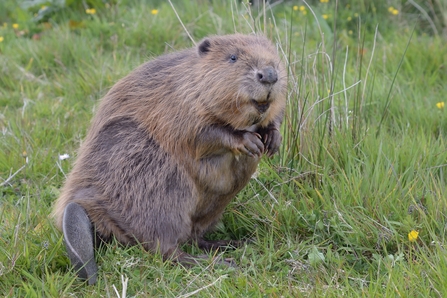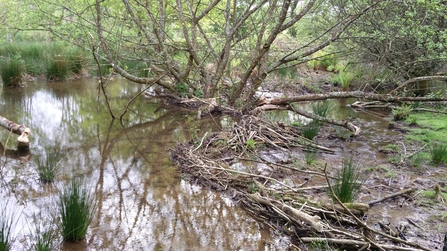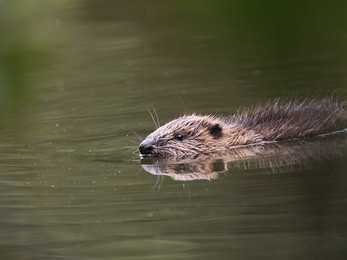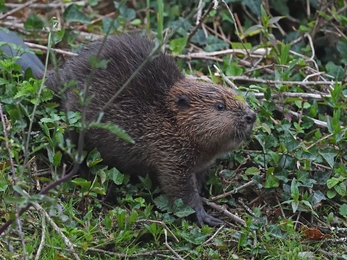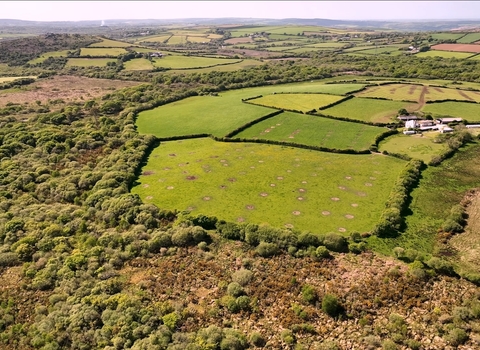Beavers could play a major role in combating flooding and biodiversity loss in the South West, according to findings shared today by Cornwall Wildlife Trust and Beaver Trust. The wildlife organisations are calling for carefully considered wild releases of beavers to be taken forward to support wider beaver conservation efforts.
Researchers and wildlife recorders studying the beaver population at Woodland Valley Farm, home of the Cornwall Beaver Project, found the semi-aquatic animals have slowed river flow, created habitat for other native species and attracted thousands of visitors to the site through educational activities.

